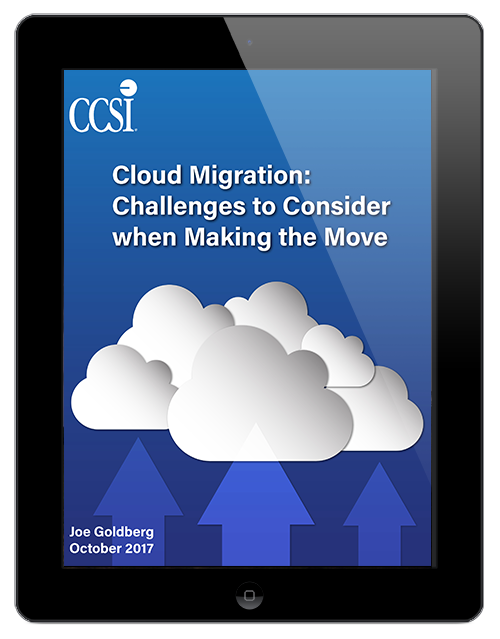Cloud, a Year in Review and Looking Forward
In 2019, cloud computing truly became mainstream, more than ever and the trend is here to stay.
As more and more businesses from all industries rush to migrate to the cloud and build cloud-based applications, Gartner predicts that the public cloud services market will grow 17% next year, from US$ 227.8 billion in 2019 to an estimated US$ 266.4 by the end of 2020. And a recent Forrester report estimates that the market will grow to a total of US$ 411 billion by 2022.
Cloud Computing 2020
Cloud computing figures prominently in IDC’s top predictions for 2020. “To compete in the digital-first economy, digital services must be able to run anywhere and anytime. This will demand greater integration of applications, data, and management across all cloud providers and locations. By 2022, 70% of enterprises will integrate their public and private clouds by deploying unified hybrid/multi-cloud management technologies, tools, and processes,” said an IDC report.
This tremendous growth is fueled by the need for businesses to innovate and digitally transform as well as the rise of emerging technologies like artificial intelligence (AI), machine learning (ML), IoT, blockchain, and many others that must rely on the cloud to deliver maximum results.
IBM and Red Hat
One of the biggest cloud developments of 2019 was IBM’s acquisition of Red Hat. Valued at $34 billion, this was IBM’s biggest acquisition in its more than 100-year history. The deal is being widely looked at as IBM’s efforts to scale its cloud business, especially in the hybrid cloud segment.
Salesforce and Tableau
Salesforce, another key cloud computing firm, acquired analytics platform Tableau for $15.7 billion in June this year. Tableau said the acquisition will help its data analytics services become more accessible to enterprises around the world, thus showing the strength of the marriage of Big Data and the Cloud.
Cloud Trends for 2020
Two of the biggest trends to watch in the Cloud in 2020 are going to be containerization throughout the entire CI/CD pipeline and a democratization of software development tools and capabilities.
Cloud-based platforms and software systems will increasingly make advanced technology to aid in the development of complex and customized software solutions available to an increasing number of small- and medium-sized businesses.
These services offer a variety of pre-built tools and off-the-shelf backend features that greatly reduce the time, risk, and cost involved with building custom applications and integrating advanced technologies. This will allow organizations of any size and from any industry to innovate and compete with larger players in the market.
Containerization, defined as the encapsulation of software code and all of its dependencies into a single package, is one of the most important advancements in cloud-based software development in recent years. According to a recent Gartner report (as reported by CIO.com), “by 2023, more than 70% of global organizations will be running more than two containerized applications in production, up from less than 20% in 2019.”
As an alternative or complementary option to virtualization, containerization offers a host of comparative advantages, including increased scalability, availability, performance and security. Containerization also allows for greater modularity, complementing and supporting a microservices approach to application development.
CCSI can assist you through your entire cloud lifecycle for Office 365 migrations to the most complex Kubernetes deployment strategies.
Cloud Migration: Challenges to Consider when Making the Move
Migrating applications and data services to the cloud is fraught with risk. While businesses expect improved flexibility, cost and control, many don’t anticipate the application performance problems that can arise due to significant infrastructure changes.
Author Bio: Joe Goldberg is the Senior Cloud Program manager at CCSI. Over the past 15+ years, Joe has helped companies to design, build out, and optimize their network and data center infrastructure. As a result of his efforts, major gains in ROI have been realized through virtualization, WAN implementation, core network redesigns, and the adoption of cloud services. Joe is also ITIL certified.
The post Cloud, a Year in Review and Looking Forward appeared first on CCSI.
*** This is a Security Bloggers Network syndicated blog from CCSI authored by Joe Goldberg. Read the original post at: https://www.ccsinet.com/blog/cloud-computing-review/






